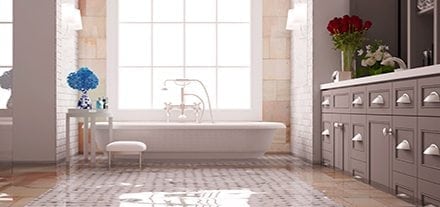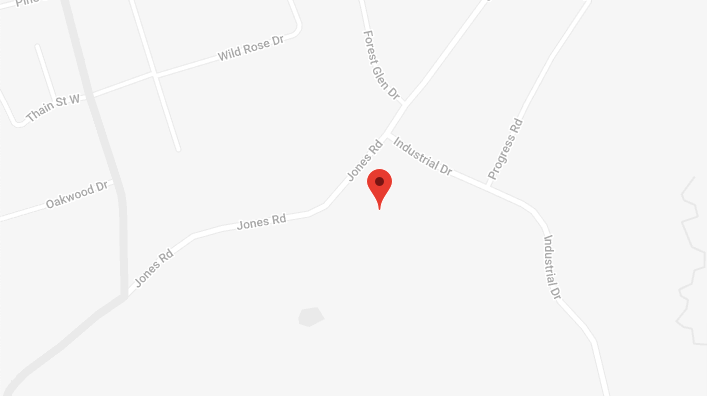FAQ About Water Damage Restoration

Water damage from flooding or a burst pipe is often a costly and emotionally draining experience for homeowners. However, knowing the causes, consequences, and ways to handle water damage can help better overcome the difficult situation. Here are five frequently asked questions and answers about water damage:
1. What causes water damage?
Water damage can occur after natural disasters (such as thunderstorms or hurricanes), from pipe bursts, appliance malfunctions, roof leaks, foundation leaks, septic tank overflows, poor drainage, and more. Flash flooding, pipe bursts, and sewage backups are especially dangerous as they can produce several centimetres of water in several hours.
2. How can water damage be prevented in homes?
When a natural disaster occurs, it is often difficult to protect a home from water damage especially if the disaster is large in scale like a Category 4 hurricane. However, homeowners can mitigate the water damage or prevent water damage from occurring from other causes. Cleaning and maintaining the gutters and downspouts, maintaining the roof, installing a sump pump, installing backflow valves, checking the home for leaks, and maintaining water-using appliances are efficient ways of preventing water damage.
3. Why is water damage dangerous?
Floodwater that comes from outside and from sewage backups contains dangerous contaminants like viruses and bacteria. If the water isn’t drained within 24-48 hours, structural damage and mould growth can ensue. Even water leaks that infiltrate a home slowly can cause damage to the building and lead to mould growth. Mould left unchecked will spread quickly through the home.
4. What should I do after a flood, or sewage or water leak?
Contact a water damage restoration company as soon as possible. So, don’t wait since water can cause mould and permanent damage to the wood, walls, and carpet in a home. Afterward, contact your insurance company to start the claim process. If safe, shut off the utilities in your home to avoid further damage. Also, don’t enter your home if it has suffered structural damage. Don’t walk through floodwater if someone has not turned off the electricity and avoid contaminants.
5. How do certified technicians typically handle water damage?
The first thing professionals do is remove damaged materials that they will either restore or discard. Materials include baseboards, insulation, furniture, carpeting, upholstery, carpet padding, fragile woods, drywall, and more. After the professionals remove the damaged items, the technicians begin drying out the water and disinfecting the areas. Technicians utilize specialized tools like air movers and dehumidifiers in the drying process. Professionals will also handle mould damage in the restoration process. They will disinfect mould-infected surfaces and restore them as quickly as possible to prevent them from spreading.
The best way to avoid water damage in your home is to take steps to prevent it. Here are key tips to prevent water damage in a home. The PuroClean team stands ready to provide professional restoration services to any property affected by fire, water, or mould damage.


